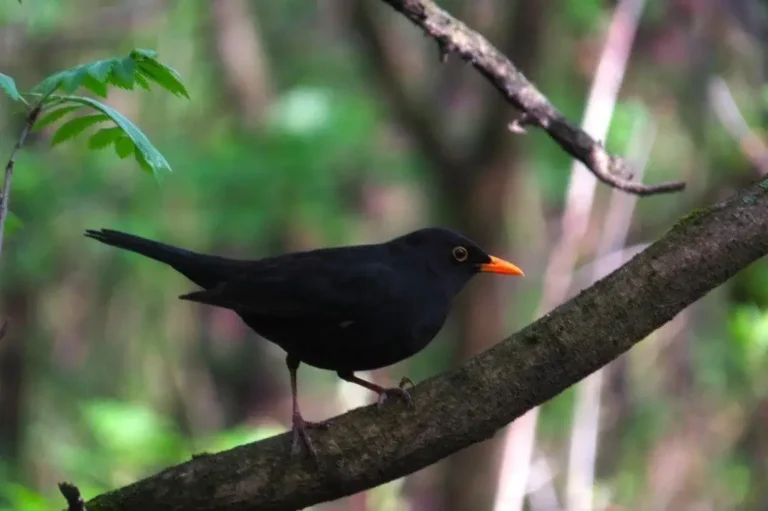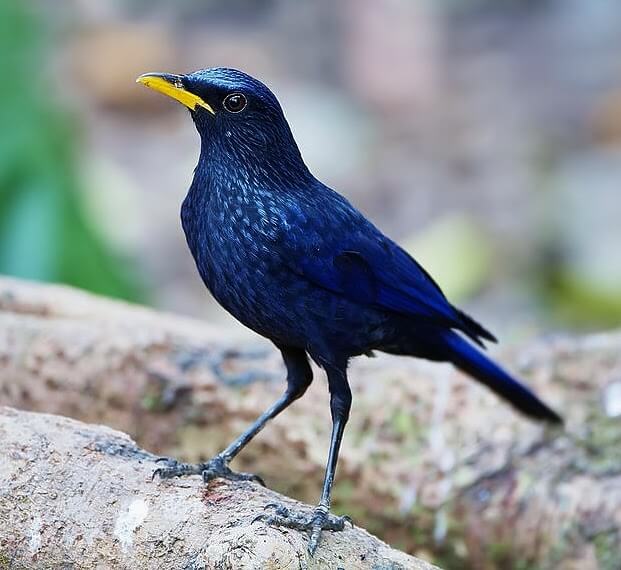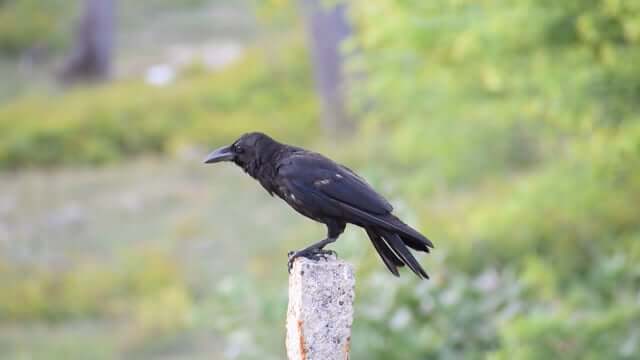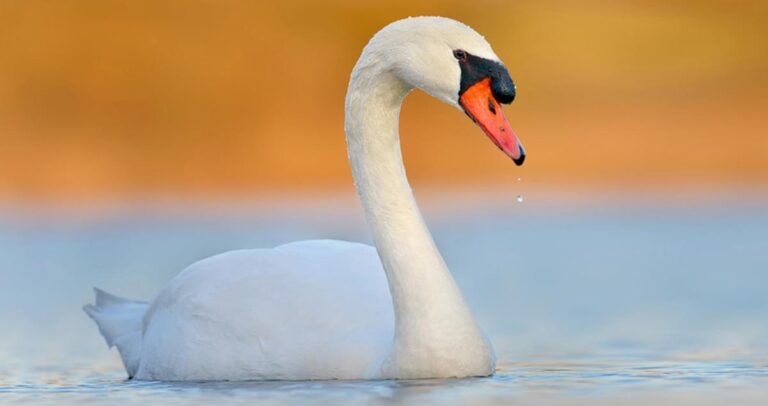Urubu (Vulture): Ecology, Behavior, and Conservation Insights
The Urubu, commonly known as the vulture, is a fascinating bird of prey recognized for its scavenging habits. These birds play a critical ecological role by feeding on carrion, helping maintain the balance in ecosystems. This article delves into Urubu’s scientific classification, physical characteristics, habitat, behavior, diet, reproduction, predators, conservation status, interesting facts, evolutionary history, and its relationship with humans.
Contents
Scientific Classification
- Kingdom: Animalia
- Phylum: Chordata
- Class: Aves
- Order: Accipitriformes or Cathartiformes (New World vultures)
- Family: Cathartidae (New World vultures)
- Genus: Coragyps or Cathartes
- Species: Various species, including Coragyps atratus (Black Vulture) and Cathartes aura (Turkey Vulture)
“Urubu” typically refers to New World vultures, particularly those in South America.
Physical Characteristics

Urubus are large birds with broad wings, short tails, and bald heads. Their featherless heads and necks help them stay clean while feeding on decaying carcasses.
- Size: They range from 60 to 85 cm (24 to 33 inches) in length.
- Wingspan: Some species, like the Andean Condor, have wingspans reaching 3 meters (10 feet).
- Color: The most common Urubu species, the Black Vulture, has black plumage, while the Turkey Vulture has brownish-black feathers with a red, bald head.
- Beak: Their hooked beaks are perfectly adapted to tear through the tough hides and muscles of carrion.
Habitat
Urubus inhabit many environments, from coastal regions to deserts and forests. They are commonly found in:
- Forests: Including tropical rainforests and subtropical areas.
- Open Grasslands: Often seen soaring over savannas or plains.
- Urban Areas: They have adapted to live near human settlements, often found scavenging in garbage dumps.
Behavior

Urubus are primarily scavengers, and their behavior reflects this unique role:
- Soaring: They can glide for long periods without flapping their wings, using thermals to stay aloft while searching for food.
- Social Structure: Many Urubus are gregarious and can be seen feeding in groups, though some species are more solitary.
- Olfactory Senses: Turkey Vultures, in particular, have a highly developed sense of smell, which they use to locate carrion from great distances, unlike most other birds of prey that rely on sight.
Diet
Urubus feed almost exclusively on carrion. Their diet includes:
- Dead Animals: From small mammals to large livestock.
- Rotting Flesh: Their acidic stomachs allow them to digest decaying meat harmful to other animals.
- Occasionally, Plant Matter: Some species may eat plant material or other organic waste, though this is rare.
Reproduction
- Breeding Season: The breeding season typically occurs in the spring and summer.
- Nesting: Urubus do not build traditional nests. Instead, they lay eggs in sheltered locations like cliffs, caves, or hollow trees.
- Eggs: Female Urubus typically lay 1-3 eggs, incubating for 30-40 days.
- Chicks: The young hatch with downy feathers and are cared for by both parents until they are ready to fledge at 10-12 weeks.
Predators and Threats
Urubus have few natural predators due to their size and scavenging niche, but they can still face dangers:
- Egg Predators: Snakes, raccoons, and other small carnivores may prey on eggs and young birds.
- Human Threats: Habitat destruction, poisoning from eating contaminated carcasses, and vehicle collisions pose significant threats.
- Avian Predators: Larger birds of prey, like eagles, can occasionally target vultures.
Conservation Status
Most Urubu species are classified as Least Concern by the IUCN Red List. However, certain species, like the Andean Condor, are considered Vulnerable due to habitat loss, poisoning, and other human activities.
Interesting Facts
- Efficient Soaring: Urubus can soar for hours without flapping their wings, covering vast areas in search of food.
- Sterile Digestive System: Their stomach acid is so corrosive that it neutralizes harmful bacteria in decomposing carcasses, keeping ecosystems cleaner.
- Group Names: A group of vultures is called a “wake” when feeding, a “kettle” when flying, and a “committee” when perched.
Evolutionary History
Urubus belong to the family Cathartidae, which evolved separately from Old World vultures. Despite similar appearances, New World and Old World vultures are not closely related; this is a case of convergent evolution, where unrelated species evolve similar traits due to similar environmental pressures.
New World vultures evolved in the Americas, and evidence of their existence dates back to the Miocene epoch. Their keen sense of smell, unusual among birds, has been a key adaptation in finding carrion.
Relationship with Humans
Urubus have a mixed relationship with humans:
- Positive Impact: They help control diseases by cleaning up dead animals and reducing the spread of harmful bacteria.
- Negative Perception: Due to their association with death, some cultures view them as ominous or symbols of bad luck.
- Cultural Significance: In many indigenous South American cultures, vultures play important roles in mythology and spiritual practices, symbolizing renewal and the cycle of life and death.
Conclusion
The Urubu, or vulture, is a remarkable bird with an essential ecological role. Through their scavenging habits, they help maintain the health of ecosystems by disposing of carcasses and limiting the spread of disease. Although they may not be glamorous birds, their adaptations and unique behavior make them integral to nature’s balance. By understanding their importance, humans can better appreciate vultures’ role in the environment and work toward ensuring their conservation for future generations.
- Are Rottweilers Good With Kids? Reasons & Training Tips - 17 September 2025
- How Long Are Dogs Pregnant: Complete Guide - 16 September 2025
- German Shepherd Doberman Mix: Info, Pictures, Care & More - 11 September 2025







